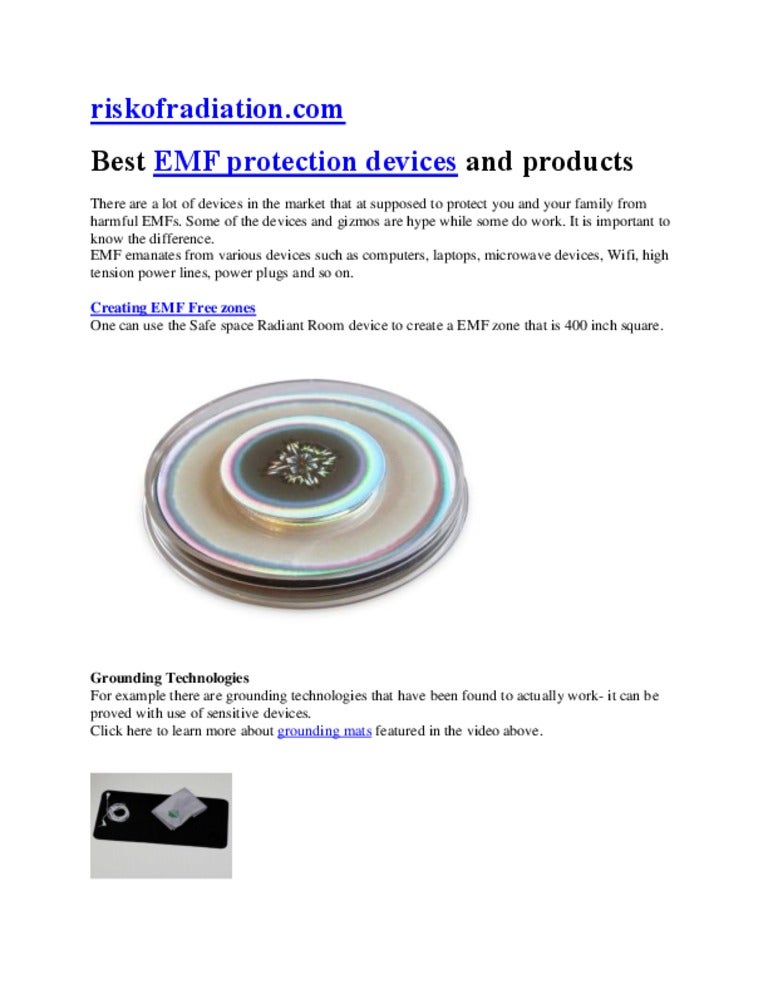Can there be any harm from 5g?

5g cell towers are new kind of antenna that's being utilized by wireless firms to provide internet service. They are more powerful than 4g towers and they can be much larger and more powerful.
Cities are increasingly concerned that these towers could harm their residents. This includes aesthetic, privacy, and health concerns.
They're bigger
In 5G, the frequency of radio waves is greater than 4G, which implies that it requires more towers to transmit data. This can increase the amount of radiation that can be released to our surroundings.
This is a big concern for HOA communities as well as real property investors, and others concerned about the negative health impacts. They worry that adding more 5G towers could lower the value of properties and adversely impact public health.
The only way to solve this issue is to alter the way we communicate - by using WiFi instead of traditional cellular networks. is 5g dangerous isn't going to be a quick process however it will happen eventually.
How can this be achieved? What can we do to make it safer? https://debtorcrack4.bravejournal.net/post/2023/03/31/Is-there-any-harm-through-5g lies in the technology of a cell tower , which is known as small cells.
They're More Expensive
If you're in the city, you've likely noticed large towers of cellular equipment that are situated on top of towers and structures. These are cell towers with 4G and they're used to provide wireless network service to surrounding regions.
They're typically 50-200 feet tall, and they're constructed to blend into the surroundings to minimize their visual impact. Compared to 4G, 5G technology requires greater tower coverage in order to offer wide-area coverage.
The dense cell sites could make it difficult for them to keep as they need to be constantly in operation and delivering high speeds. In the end, they're more costly than other types of towers.
However, if you're a tower operator or an operator for mobile networks, it's sensible to upgrade your towers to 5G in anticipation of the arrival of new technologies to the market. The addition of these technologies to existing sites can help enhance the capabilities of your site, which will ultimately result in more revenue for you.
They're even more deadly
What Makes 5g Towers Bad
One of the main concerns about 5g towers is that they emit more radiation than other towers. This is due to the fact that they have to be placed more densely across an area to guarantee coverage.
The radio waves emitted by cell phone towers don't have enough energy to damage DNA directly or to heat body tissues, but they can destroy chemical bonds within DNA, which could harm cells and lead to cancer.
This makes people worried that living near the 5G tower could cause negative health consequences.
The reason is that the 5G towers tend be located near homes and schools where they can transmit rf waves constantly. This means they'll be closer to you than before and there is a greater chance that radiation will be absorbed by your body.
They're Not Necessary
5G networks use an entirely new portion of the spectrum used to transmit data. These are called millimeter waves. is 5g dangerous than traditional radio waves with only 1 to 10mm in length, so they have a higher frequency and are able to transmit more power.
To deliver the ultra-fast speeds and low latency that 5G promises, it's necessary to have a massive network of cell towers. This will require a large number of masts that cover cities, roads as well as business districts, colleges and even farms.

However, there are other options for delivering speedy internet services in heavily populated areas. One option is to build a series of tiny cell sites that are dispersed throughout the area to reduce coverage gaps.
However, the biggest concern is where these cells will be placed and the impact they'll have on residents. Local authorities and residents are working to determine ways to block these installations or prevent them from occurring in their neighborhoods.
